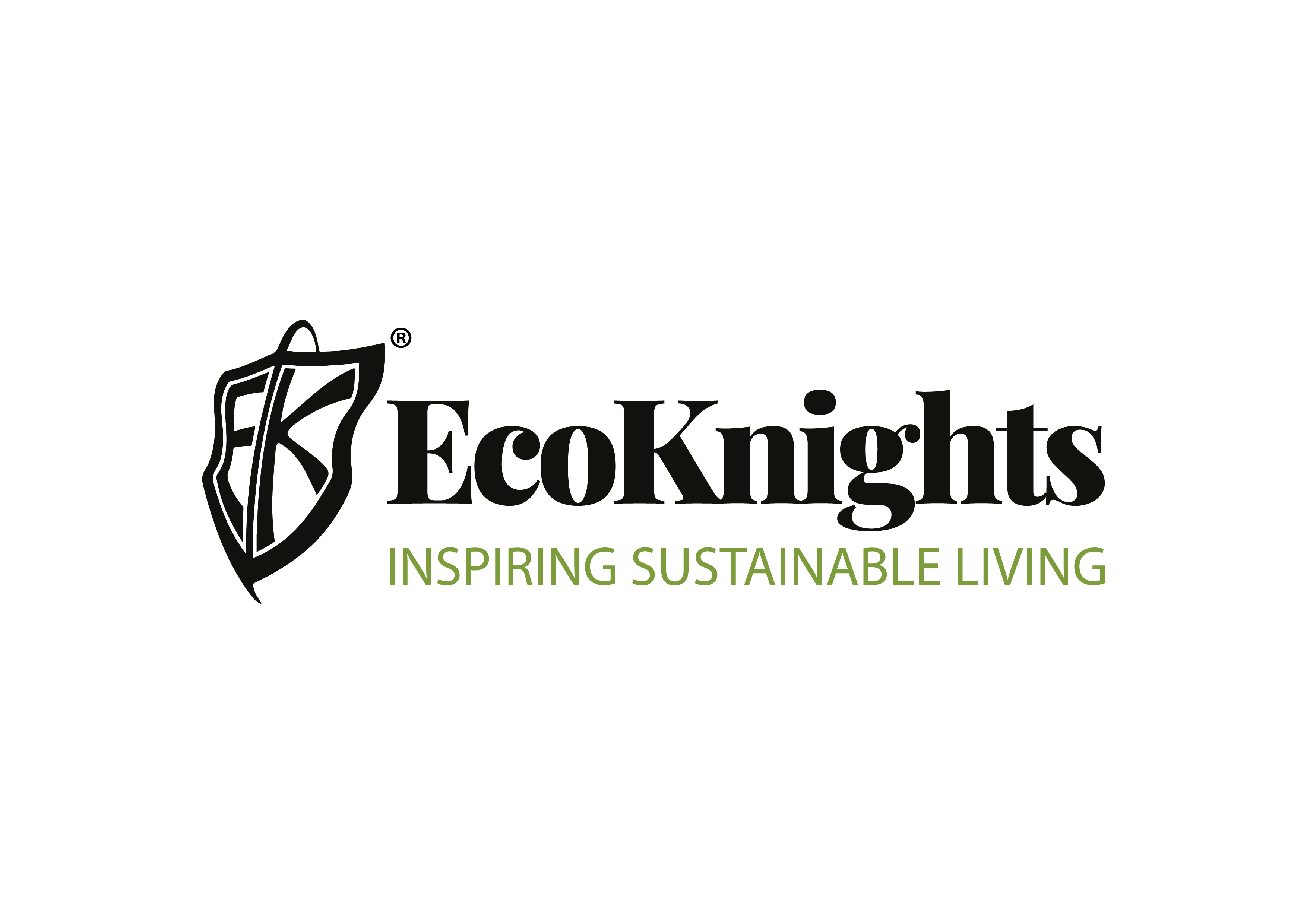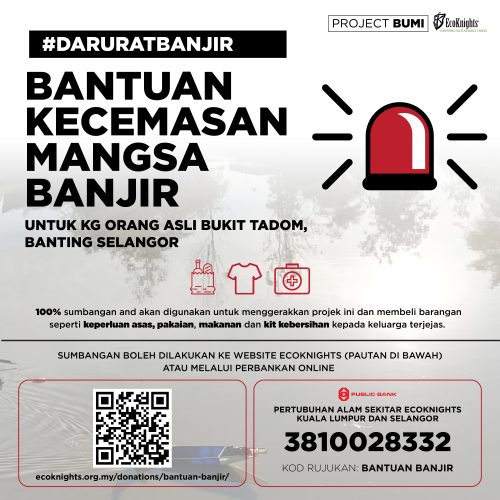A Short Contextualization of Environmental Racism in Modern Society
- EcoKnights
- April 24, 2018
- 5:48 pm
Category: News
Published: Tuesday, 24 April 2018 17:48
by Zafran Zahari
Racism isn’t just about race superiority or the criminal justice system. It’s in the air and water. Environmental racism is not a term that the majority of people are familiar with. Environmental racism is a concept that has been around for a few decades. It involves race, economics, health and a lot more. Some of us are privileged enough to get up in the morning and take a breath of fresh, clean air, and further turn on the tap and drink clean, uncontaminated water. But not everyone is privileged in this country or even around the world, for that matter. It seems that a disproportionate number of people who live in environmentally hazardous areas are either minority groups or people of low socioeconomic status. Therefore, environmental racism is the placement of environmental hazards into areas with high numbers of minority individuals or economically destitute populations.
Environmental racism is a big issue that most Malaysians are not taking action upon. This is either because they are not aware of it or they shut an eye and let other people deal with the problem; the main factors amongst other various reasons. The Temuan community of Kampung Air Kuning, Shah Alam is one community amongst many others in Malaysia that is currently experiencing environmental racism. This community of a population of 86 live on the foot of Bukit Bandaraya, located at the outskirts of Taman Botani Negara, Shah Alam. The Temuan community of Air Kuning lack access to basic services such as resilient housing, reliable source of water, electricity and sanitation. This community has neither the ability nor the resources to move to a better place. Since the people living in these areas have fewer economic resources, developers feel no need to build better buildings for them to live in or to maintain the old ones. However, there is a new three-storey housing development area being constructed right across the road from where the Temuan community is based. Things fall into despair and neglect as a result, and the vicious cycle continues.
In addition to affecting minorities or poor individuals in general, environmental racism has another common thread. These people usually have very little political clout to do anything about it. They are essentially taken advantage of and dumped on because they have so little resources and thus the ability to make their voices heard. At times, local governments even stand up for mining corporations or other waste producers and not for their own resident’s environmental and health concerns.
One could ponder on why environmental racism exists; the reason is plain and simple. Those with resources could increase awareness, money and public attention to make sure that their communities are unharmed. This would eventually lead to an unjust dissemination of environmental implications. Another approach to ensure that inequity is alive is through NIMBY (Not in my backyard) protests. Chemical plants, landfills, and other municipal or corporate projects are usually the subject of NIMBY protests.
There should be a practice of Environmental Justice to slowly put an end to environmental racism. Environmental Justice is the cultural norms and values, policies, regulations, behaviours and decisions to reinforce sustainability, in which all people could bear in confidence that their community and natural environment is safe and fruitful. Environmental Justice is recognised when all people could ascertain their highest potential, without any sort of interference by environmental racism or inequity. Environmental Justice is reinforced by decent employment with decent pay, quality education and recreation, adequate housing and healthcare, democratic decision-making and personal empowerment. A coterie of Environmental Justice is one in which both cultural and biological diversities are respected, and also in which there are equal entries to institutions and sufficient resources to further develop and flourish.
On the other hand, environmental equity isn’t environmental justice. The former is perceived to be the respective government’s reaction to the demands of environmental justice. Government agencies, like the Jabatan Kemajuan Orang Asli, may have been trying to coopt the movement by redefining environmental justice as “fair treatment and meaningful involvement”, something they consistently fail to achieve, but in which also falls far short for the vision of environmental justice itself.
We the people especially the younger generation who are more green-minded must be the voice and take action to bring environmental racism to an end. By 2050, we could reach a hazardous 2 degrees Celcius increase above preindustrial levels in global temperature, in which scientists have concluded to be a point of no return in relation to the catastrophic effects of climate change. As a consequence of results, if there are no changes in public policies that put the least powerful communities in positions where they are the most vulnerable, we will make certain a future in which only the elite survives.
There are several methods that we may implement in order to change the world as it is; reducing our waste, pushing for clean, renewable energy, engaging in local political causes or even talking to and understanding someone different than us. Look around with both eyes and an open mind towards environmental issues and to whom it’s affecting. Fight for a just and sustainable future. Together, we must change the world in order to save it.
Share this content






